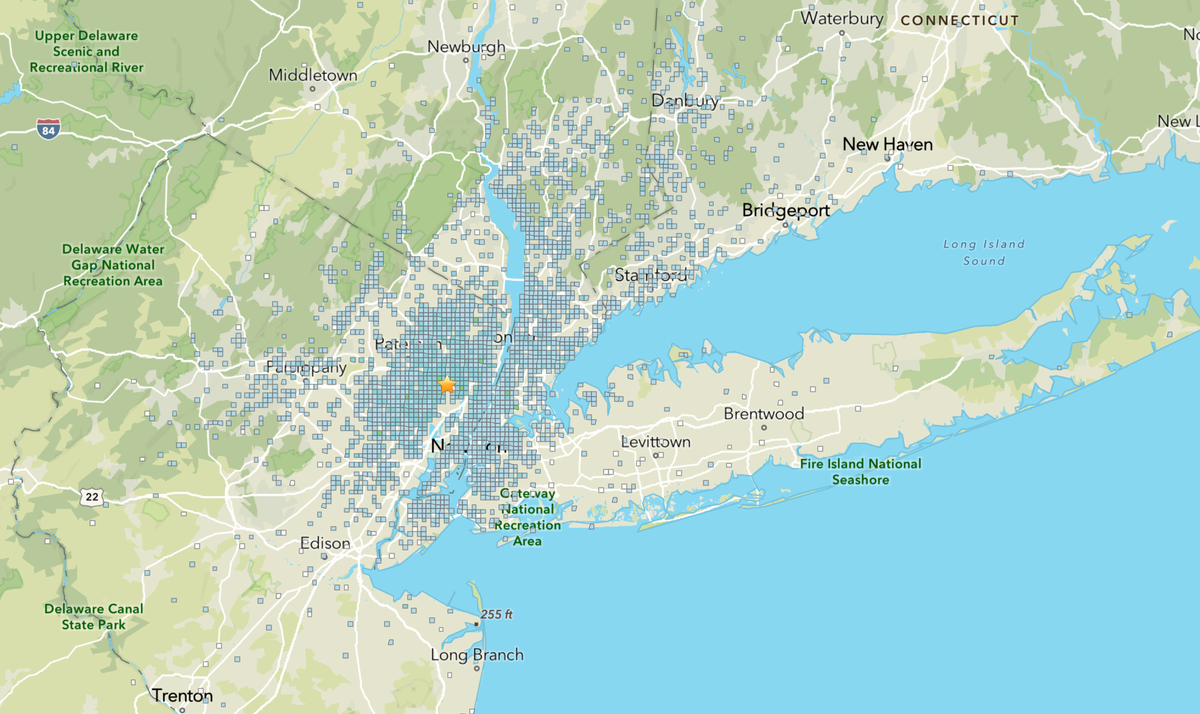3.0 Magnitude Earthquake Rumbles New York City Less than 2 Years After the Last One
The 3.0-magnitude earthquake that shook the East Coast comes a year and a half after a 4.8-magnitude quake shocked New York City and its surroundings
Join Our Community of Science Lovers!
New York City and the broader East Coast were shaken by a 3.0-magnitude earthquake late on August 2, reminding locals of a significantly larger quake that startled the region in April 2024.
If you’re enjoying this article, consider supporting our award-winning journalism by subscribing. By purchasing a subscription you are helping to ensure the future of impactful stories about the discoveries and ideas shaping our world today.
READ MORE: How Likely Is a Major Earthquake in New York City—And Is the City Prepared for It?
In turn, the August 2 event created seismic waves with about three times the amplitude of a 2.5 magnitude event that represents the high end of typical activity in the region.
The August 2 earthquake occurred nearly 40 miles away from the 2024 earthquake, which is too far away for it to be considered an aftershock of the previous event, although the 2024 quake does continue to spur aftershocks, according to the USGS.
The USGS attributed the August 2 earthquake to “faulting at shallow depths in the crust” and noted that it did not occur near a plate boundary. The region has many faults, but these fractures in Earth’s crust are very old—they date to the era when the Appalachian and Blue Ridge Mountains were built, hundreds of millions of years ago.
Although the East Coast is not prone to large earthquakes like the West Coast, the rattling of an East Coast quake is felt more broadly because the hard bedrock of the region transfers seismic energy more efficiently than the heavily faulted West Coast bedrock.
If you felt the quake, share your observations with USGS.
Meghan Bartels is a science journalist based in New York City. She joined Scientific American in 2023 and is now a senior news reporter there. Previously, she spent more than four years as a writer and editor at Space.com, as well as nearly a year as a science reporter at Newsweek, where she focused on space and Earth science. Her writing has also appeared in Audubon, Nautilus, Astronomy and Smithsonian, among other publications. She attended Georgetown University and earned a master’s degree in journalism at New York University’s Science, Health and Environmental Reporting Program.
Source: www.scientificamerican.com
